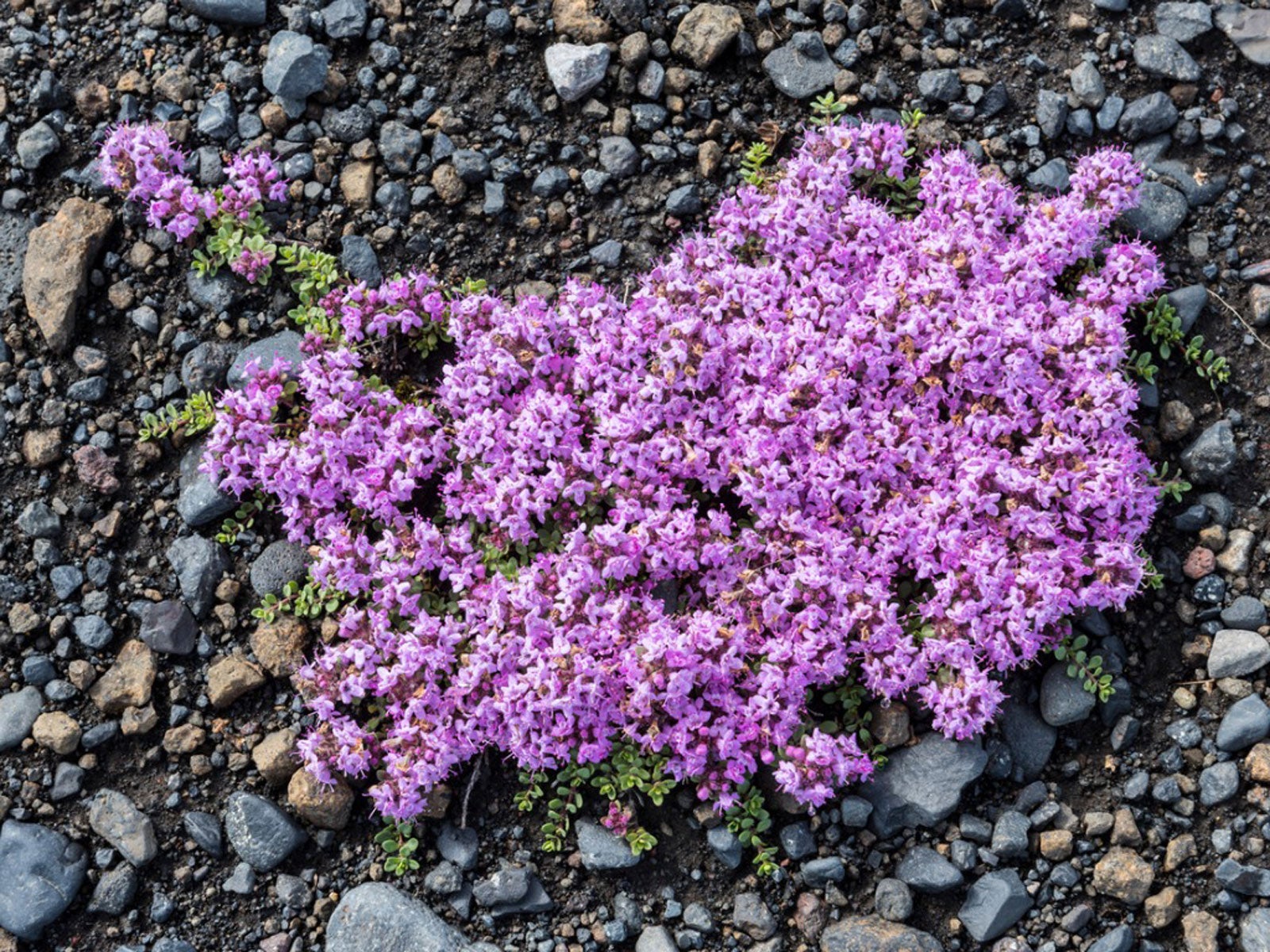

This aromatic herb can be an invasive plant when grown in moist soil, where it sometimes spreads out of control. If you are looking for a low-maintenance ground cover, sweet woodruff ( Galium odoratum) is a good pick, but only under certain conditions. Soil Needs: Dry to medium moisture, well-drained.Growing as high as 36 inches, it blooms all summer long with purple flowers.


While it is not a spreader, it is large enough to take up space as the spring and summer months advance. The 'Six Hills Giant' cultivar is a good choice for covering large areas. Nepeta x faassenii is one such species that makes for a good ground cover, since it is one of the best ground coverings to stop weeds. Many are perennials, some are annuals, and some make good ground covers, though they can be overly aggressive in favorable locations. The nepeta genus includes roughly 250 species. It is, therefore, a sterile plant that will not come true from seeds. This one is a horticultural hybrid developed by crossing Nepata racemosa with N. Nepeta x faassenia, commonly called nepeta, nepeta catmint, or Faassen's catmint, is one of several perennial catmint plants. They can be flowering, evergreen, or both.
Creeping thyme ground cover landscape full#
Several plants in this list happily grow in full or partial shade. When selecting a ground cover for shady areas, make sure to choose shade-tolerant plants that naturally thrive with minimal sunlight. The Spruce Home Improvement Review Board.Plant creeping thyme 8 to 12 inches (20-30.5 cm.) apart to allow for its spreading habitat. Start seeds when growing creeping thyme indoors or they may be sown in the spring after the danger of frost has passed. Cuttings from the creeping thyme plant should be taken in the early summer. The soil pH for growing creeping thyme plants should be neutral to slightly alkaline.Ĭreeping thyme ground cover can be propagated via stem cuttings or divisions and, of course, can be purchased from the local nursery as either established plantings or seeds. Soil should be kept moist but not wet, as the growing creeping thyme plant is susceptible to root drowning and edema. Although this ground cover prefers well-drained lightly textured soils, it will grow quite well in less than desirable medium and thrive from full sun to light shade environments.
Creeping thyme ground cover landscape how to#
How to Plant Creeping ThymeĪs mentioned, growing creeping thyme is a simple process due to its compatibility in a variety of soils and light exposures. In fact, the pollen from the blooming thyme will flavor the resulting honey. Creeping thyme is also capable of withstanding tromping upon by rambunctious kids (making it kid resistant as well!), which makes it an exceptional planting choice anywhere that has frequent foot traffic.įlowering creeping thyme is very attractive to bees and is a nice addition to a garden focused on honeybees. Harvest creeping thyme in the morning when the essential oils of the plant are at their peak.Īnother creeping thyme fact is despite its enticing odor, growing creeping thyme ground cover is deer resistant, making it an ideal landscape candidate in areas frequented by them. To harvest creeping thyme ground cover, either remove the leaves from the stems or dry them by snipping from the plant and hanging them upside down in a dark, well-aerated area. Just like other thyme varieties, creeping thyme is edible with a flavor and aroma akin to mint when crushed or steeped for teas or tinctures. serpyllum is another creeping thyme variety. will appear in low, dense mats, which sprawl randomly and quickly fill in areas as a ground cover. An evergreen with lightly haired foliage, this tiny-growing creeping thyme varietal - rarely over 3 inches or 7.5 cm. Thymus praecox is a low-growing perennial hardy in USDA hardiness zones 4-9 with fairly minimal requirements. Let’s learn more about creeping thyme plant care. It is excellent planted as a lawn substitute or among stepping stones or pavers to create a living patio. Creeping thyme, also known commonly as ‘Mother of Thyme,’ is an easily grown, spreading thyme variety.


 0 kommentar(er)
0 kommentar(er)
